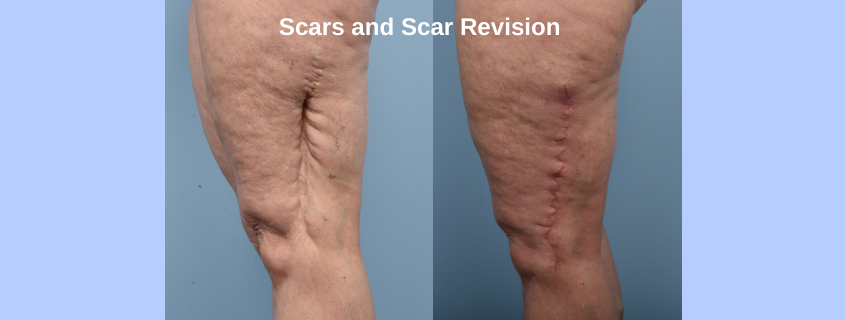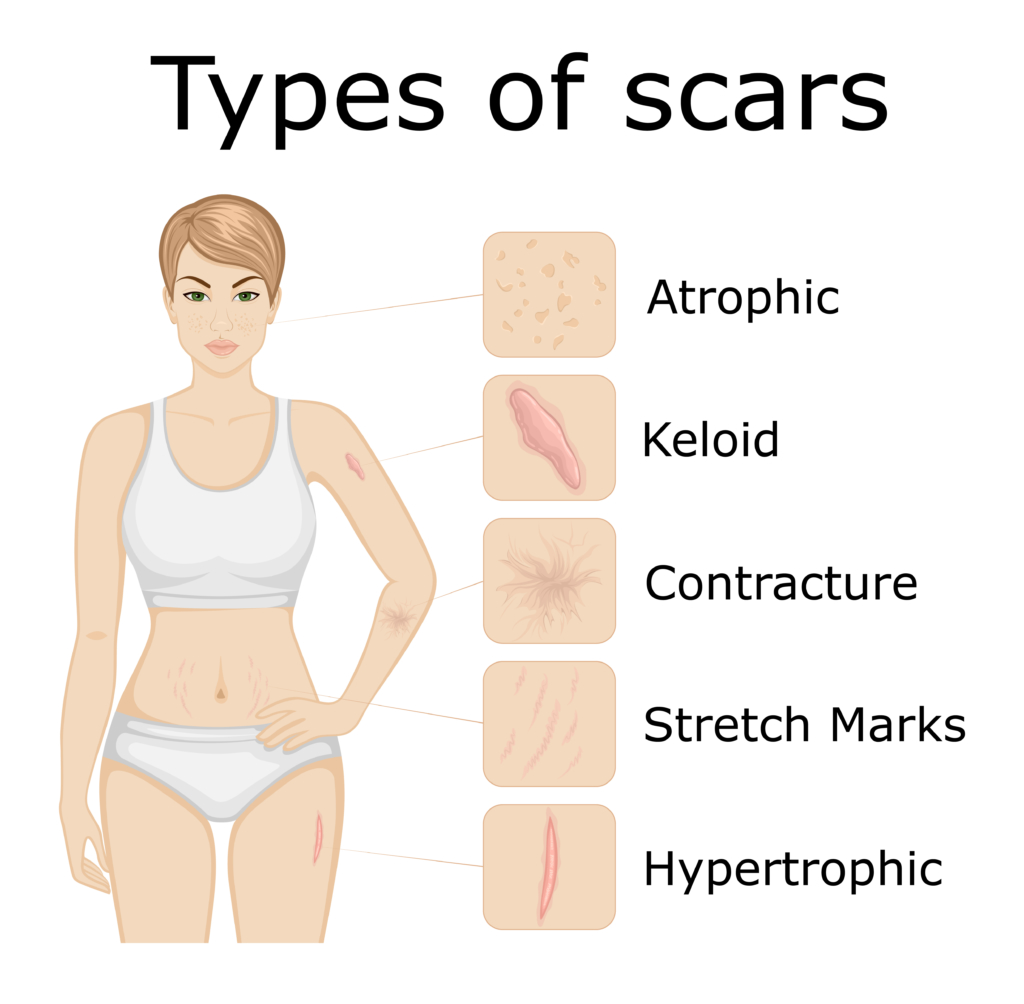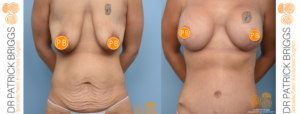
Plastic Surgery Scars
One of the unfortunate side effects of any surgery are the scars. Any cosmetic or plastic surgery that involves an incision will come with a scar or two, but why do some patients scar more than others? Is it the surgeon or the patient’s issue, or both?! Are the different types of plastic surgery scars? How do you treat scars for best results? Does massage help or scar treatment creams ? What’s involved in scar revision surgery? We havesSo many questions, so we asked Dr Patrick Briggs, Specialist Plastic Surgeon from Melbourne VIC at Coco Ruby Plastic Surgery to help us understand scars and scar revision surgery and answer our questions.
What are Scars?
A scar is the fibrous tissue that develops to replace an area of skin that has received damage to the dermis, or deeper, thicker layer of skin from a cut, incision or wound. Dr Briggs explains. “Scars form by new collagen fibres growing to replace the damaged skin and is a natural and unavoidable part of any wound healing process. The new tissues that form will have a different appearance to the rest of your skin.” The degree of difference depends on many factors including:
- where the scar is located
- direction of the scar
- type and colour of the patient’s skin
- family history
- the patient’s ability to heal the scar
- surgeon’s skill and type of procedure/wound
According to the American NCBI people with darker skin complexions are about 15% more likely to develop keloid scars. They also suggest there are a variety of risk factors are linked to both hypertrophic scars and keloids including that a very common risk factor is the amount of tension placed on the wound and they often form on areas of the body that undergo the most skin tension such as the back, chest and upper arms.
Different types of Scars
There are several different types of scars including:
- Widespread stretched
- Linear hypertrophic
- Widespread hypertrophic
- Minor keloid
- Major keloid
- Atrophic
Keloid and Hypertrophic Scars
Many patients undergoing a cosmetic or plastic surgery procedure are concerned about keloid or hypertrophic scars. Dr Briggs says, “They both present as raised, red scars but hypertrophic scars are less severe and stay close to the actual wound, whereas keloid often spread past the initial incision and can even affect the patient’s movement.”
How do you treat overly obvious Surgery scarring?
There are several options for treating scarring including:
- Laser treatment – make sure you go to an experienced practitioner or surgeon who knows what they are doing and has specific experience in treating scars.
- Microneedling – Dermapen or Skinpen CIT
- Topical treatments – gels, creams, can also help
- Steroid injections – these are put directly into the keloid scarred tissue but can be a long process and will need to be done several times over a period of several months.
- Surgical scar revision – having a second surgery to fix the scarring from the first surgery isn’t something you want to jump into, but sometimes it’s the only way.
What can you do to help reduce scarring from your initial surgery?
The best way to help reduce scarring is as soon as you have the initial surgery. There are several gels and creams on the market – we love the Stratpharma products – but you can also place silicone sheets onto the scarred area but they will have to be worn for a few months to have the best effect (the Stratpharma products all contain silicone). Some surgeons will suggest taping the area and compression garments are also said to help.
Scarring can also be caused by the initial wound becoming infected. This affects the tissue healing as it should and can result in scarring that might not have been so bad otherwise. Another reason to follow your surgeon’s instructions to the T when recovering from your surgery. Dr Briggs also reminds us that there are several stages of scar healing. “It’s important to be patient and let the natural healing process occur.”
Scarring is something you should consider when planning for any plastic or cosmetic surgery. Dr Briggs says it’s absolutely something your surgeon should talk to you about and “Definitely follow your surgeon’s instructions to minimise any scarring. Your surgeon should prepare you as to what to expect, but if you have any concerns at any stage you are best to seek the advice of your surgeon.”
Further Information Related to Plastic Surgery Scars and Mummy Makeover Surgery
- Recovery after Plastic Surgery – Dr. Guy Watts
- Tips to Reduce Scars after Your Tummy Tuck/ Abdominoplasty Procedure
- How to Minimise Scars after Gynaecomastia – Dr Bish Soliman
- Scar Revision Surgery Sydney
- How to Minimise Scars after Breast Lift
- Managing Plastic Surgery Scars – Dr. Mark Doyle
More PSH Blogs by Dr Patrick Briggs Melbourne Plastic Surgeon
- Mummy Makeover Patient Story with Dr Patrick Briggs
- Laura’s Lift – Breast Lift, Mastopexy Plastic Surgery Results
SEE Sara’s Tummy Tuck, Breast Augmentation and Lift Story
To Contact Dr Patrick Briggs about Surgery or Scar Revision
If you’d like more information about breast reduction or any procedures, you can contact Dr Patrick Briggs at his clinic or check out the blogs



